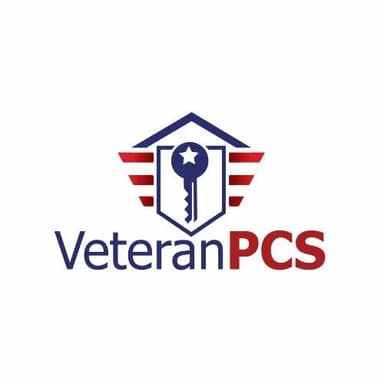Planning a PCS move and considering homeownership? The VA funding fee might seem like an unwelcome surprise when you're already juggling military life demands. But understanding this one-time payment can help you make smart financial decisions and save thousands on your home purchase.
The VA funding fee is a one-time payment that helps sustain the VA loan program for future veterans who qualify for the VA loan. Think of it as an investment in maintaining one of the military's most valuable benefits. While it adds to your upfront costs, VA loans often provide better overall value than conventional loans due to no down payment requirements, no mortgage insurance, and competitive rates.
What is the VA Funding Fee and Why Does It Exist?
The VA funding fee helps offset the cost of the loan program to taxpayers and enables the VA to continue offering these benefits to veterans and service members. Since VA loans don't require down payments or monthly mortgage insurance like conventional loans, this fee helps keep the program sustainable.
The good news? About one-third of borrowers are exempt from this fee entirely, particularly those with service-connected disabilities.
Current VA Funding Fee Rates for 2025
The current rates have been in effect since April 2023 and will remain stable through 2034. Here's what you'll pay based on your situation:
For First-Time VA Loan Users:
- No down payment: 2.15% of your loan amount
- 5% down payment: 1.50% of your loan amount
- 10% or more down payment: 1.25% of your loan amount
For Subsequent VA Loan Users:
- No down payment: 3.30% of your loan amount
- 5% down payment: 1.50% of your loan amount
- 10% or more down payment: 1.25% of your loan amount
For Refinancing:
- IRRRL (streamline refinance): 0.50% of your loan amount
- Cash-out refinance: 2.15% (first use) or 3.30% (subsequent use)
Who Doesn't Pay the Funding Fee?
You're completely exempt from the VA funding fee if you receive VA disability compensation for service-connected disabilities, are eligible for VA disability compensation but receive retirement pay instead, are a surviving spouse receiving Dependency and Indemnity Compensation (DIC), have a Purple Heart, or have a pre-discharge disability rating before loan closing.
Important note: If you have a disability claim pending when you close on your loan, you can still get a refund later if your disability award is effective before your loan closing date.
How the Funding Fee Affects Your Finances
Let's examine real examples to understand the financial impact:
Example 1: $300,000 home, first-time user, no down payment
- Funding fee: $300,000 × 2.15% = $6,450
- If financed over 30 years at 6.5% interest: adds about $41/month
- Total cost over loan lifetime: approximately $14,760
Example 2: Same home with 5% down payment
- Down payment: $15,000
- Loan amount: $285,000
- Funding fee: $285,000 × 1.50% = $4,275
- Savings compared to no down payment: $2,175
Payment Options That Work for Military Families
You have three main ways to handle the funding fee:
Finance it into your loan (most popular choice): No cash needed upfront, but adds to your monthly payment and doubles the total cost due to interest.







